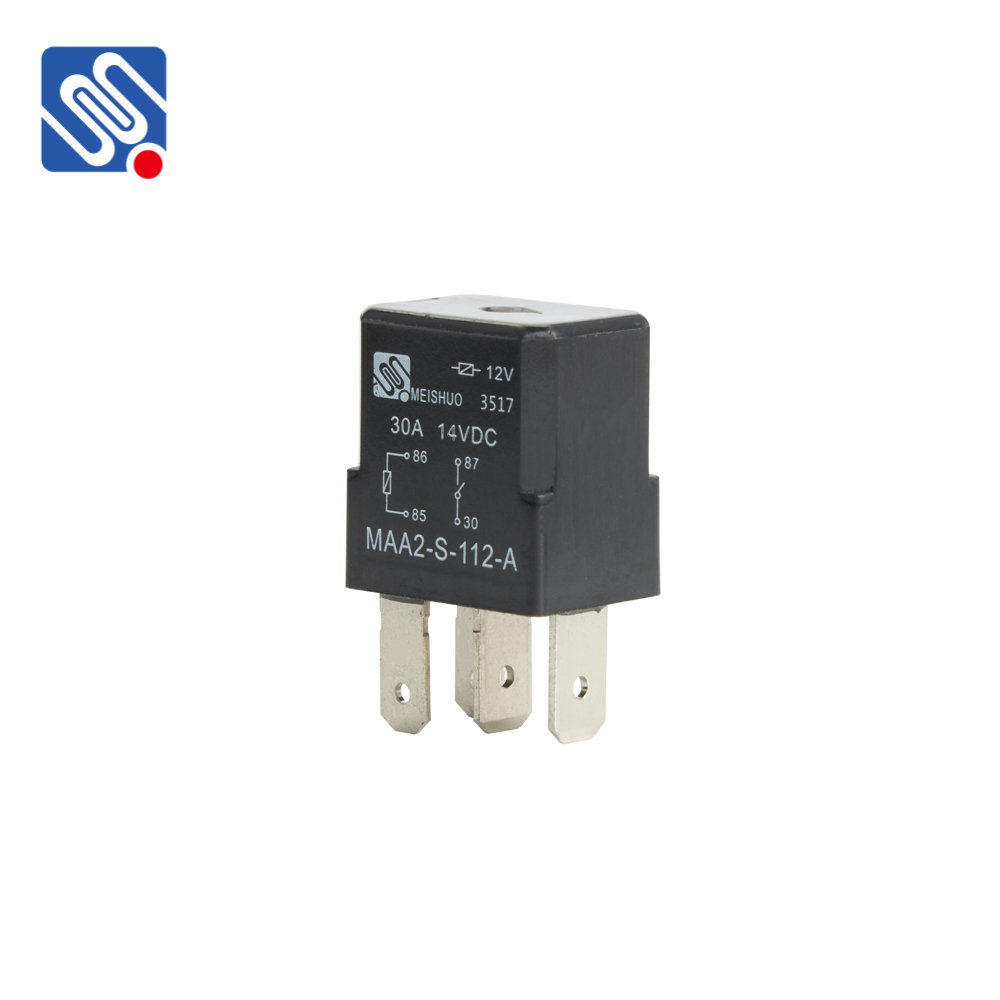Relay current is an essential concept in the operation of electrical relays, widely used in industrial and household applications for controlling various types of electrical circuits. In its simplest form, a relay is an electromechanical device that uses an electromagnet to operate a switch. The current flowing through the relay plays a crucial role in its functionality and efficiency. This article explores the significance of relay current, the factors that influence it, and its applications.

What is Relay Current? Relay current refers to the electrical current involved in the operation of a relay. It can be divided into two primary categories: coil current and load current. The coil current is the current flowing through the relay’s coil, which generates a magnetic field that activates the switch. The load current, on the other hand, is the current that flows through the relay’s contacts when the relay is closed, enabling the relay to control an external electrical circuit.
Coil Current: The Magnetic Force Behind the Relay The coil current is responsible for creating the magnetic field necessary to close or open the relay’s contacts. When current flows through the coil, it generates a magnetic field that attracts a movable armature, pulling it towards the coil and causing the contacts to either close or open, depending on the relay’s configuration.